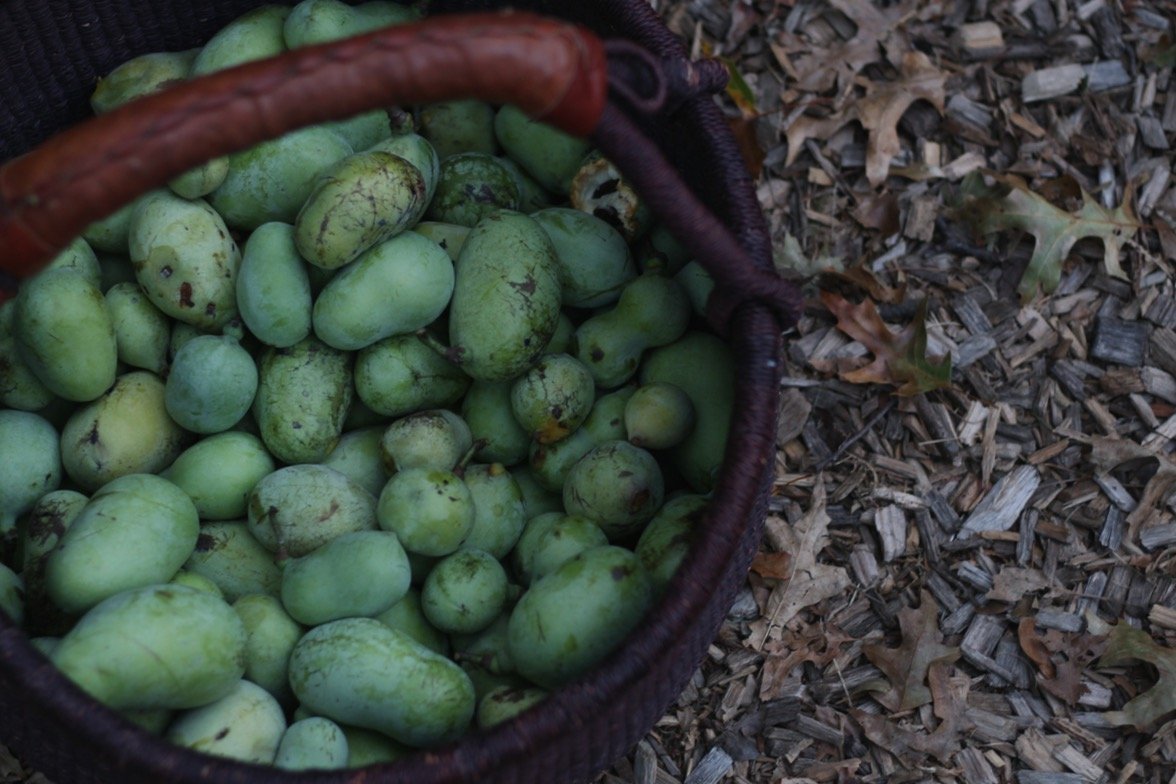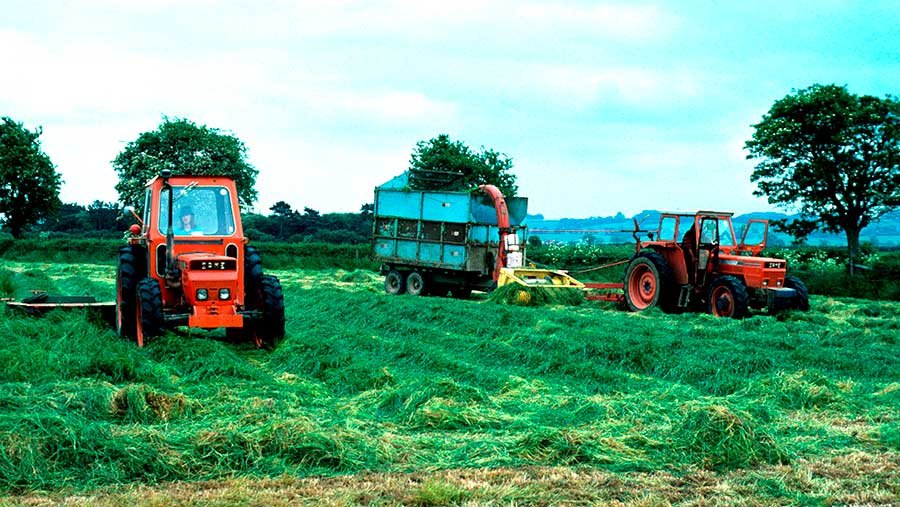In the past six months, new avian influenza case reports from more than 40 countries were filed with the World Organization for Animal Health (OIE). Some of those reports are now coming from the United States.
The USDA’s Animal and Plant Health Inspection Service (APHIS) has confirmed 17 of those reports from nine states. APHIS has not yet reported on how many birds have been killed to date to control the outbreak. The last time avian flu got loose in the United States, it required killing 51 million birds.
The detection of these viruses in poultry does not change the risk to the general public’s health, which the Centers for Disease Control and Prevention ( CDC) considers low.
“However,” says CDC, “outbreaks in domestic poultry, in addition to infections in wild birds, may result in increased exposures in some groups of people, particularly poultry workers, for example.”
For the past month, the USDA has confirmed a new bird flu outbreak somewhere in the United States every other day or so. The USDA first responded with stepped-up surveillance by taking more test samples from wild birds in more flyways. Eight of those 17 outbreaks involve backyard flocks, while commercial turkey farms in Indiana have five outbreaks.
APHIS responded to the first reports by expanding its avian influenza surveillance program. The APHIS National Wildlife Disease Program, which collects 15,500 samples from birds in 25 states, was increased to collect another 14,500 samples from the Mississippi and Central areas.
And vaccines might soon be used against bird flu.
The USDA’s National Institute of Food and Agriculture (NIFA) reports testing mice with eight vaccine candidates. NIFA supports the researchers as they work to find ways to battle HPAI.
The University of Minnesota (UM) research focuses on vaccines for highly pathogenic H5 and H7 avian influenza viruses. Dr. Yuying Liang with the UM College of Veterinary Medicine says research has shown that avian influenzas can mutate rapidly,
“We do not know what strain or mutation of HPAI will appear or when it will appear,” Liang said. “Existing vaccines are unlikely to be effective in new outbreaks.
“The key to reducing the spread of an HPAI outbreak is to have a targeted vaccine ready to deploy,” she said.
“Our approach is to use a live viral vector that would cause a strong and broadly protective immune response both in antibodies and T-cells,” Liang said. “Both are critical in creating a robust immune response.
“The job now is to evaluate the efficacy of inducing antibody and T-cell response in a live animal. We have established the candidates are safe; we see no viral vector shed in the mice.”
“We were fortunate to receive NIFA funding to jump-start our research,” Liang said. “I believe this work has great potential for advances in both animal and human health.”
Avian influenza is caused by the influenza Type A virus (influenza A).
Avian-origin influenza viruses are broadly categorized based on a combination of two groups of proteins on the surface of the influenza A virus: hemagglutinin or “H” proteins, of which there are 16 (H1-H16), and neuraminidase or “N” proteins, of which there are 9 (N1-N9).
Many different combinations of “H” and “N” proteins are possible. Each combination is considered a different subtype, and related viruses within a subtype may be referred to as a lineage.
Avian influenza viruses are classified as either “low pathogenic” or “highly pathogenic” based on their genetic features and the severity of the disease they cause in poultry. Most viruses are of low pathogenicity, meaning that they cause no signs or only minor clinical signs of infection in poultry.
Here is the APHIS log of avian flu outbreaks, beginning Feb.8, 2022
(To sign up for a free subscription to Food Safety News, click here.)











